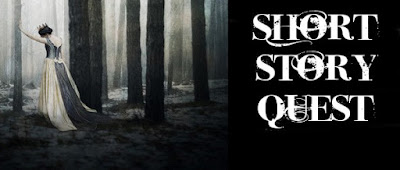In the shadow of the newly erected Berlin Wall, Alec Leamas watches as his last agent is shot dead by East German sentries. For Leamas, the head of Berlin Station, the Cold War is over. As he faces the prospect of retirement or worse—a desk job—Control offers him a unique opportunity for revenge.I consider myself quite fortunate that I was able to go into the story knowing very little. It is hard to say that one enjoys reading a book with such a cynical, dark theme, but it is a great story and I am very glad I finally got around to reading it. And viewing the movie too, after all this time.
John le Carré writes so eloquently, and his writing engages me. He develops his characters bit by bit and pulls me into the story. Somehow I knew that this story would not be a happy one, but I kept hoping for some glimmer of a happy ending. The story was very suspenseful, but also filled with fear, distrust and betrayal. The last few chapters of this book were unrelentingly dark, and I was appalled at the manipulation of human beings in the name of the greater good.
The setting of Germany after the Berlin Wall has gone up was especially appealing. In le Carré's introduction to the edition I read, he talks about going to see the Wall as it was built... and how terrifying it was.
It was the Berlin Wall that had got me going, of course: I had flown from Bonn to take a look at it as soon as it started going up. I went with a colleague from the Embassy and as we stared back at the weasel faces of the brainwashed little thugs who guarded the Kremlin’s latest battlement, he told me to wipe the grin off my face. I was not aware I had been grinning, so it must have been one of those soupy grins that comes over me at dreadfully serious moments. There was certainly nothing to grin at in what I saw, and inside myself I felt nothing but disgust and terror, which was exactly what I was supposed to feel: the Wall was perfect theater as well as a perfect symbol of the monstrosity of ideology gone mad.That brought back memories from my preteen years. My father was in a National Guard unit in Alabama that was called up to active duty for nearly a year during the Berlin Crisis. He left in October 1961 and was stationed in France for a few months and in Germany the rest of the time. I don't remember how I felt about the Berlin wall going up; I only remember that it was a difficult year for me, my mother, and my sister and brother while my father was gone. It was two years later when this novel came out and I don't remember anything about the book from that time either, although I have read that it created quite a stir.
I read this book at this time because it is listed in many places, including John le Carre's web site, as one of the Smiley novels. Having read the first five of the Smiley novels, I can see now that there is no need to start at any one point, but I think I gained a lot from reading this book and The Looking Glass War before moving on to Tinker, Tailor, Soldier, Spy. The 3rd and 4th books feature Smiley only incidentally, but they show another side of him.
Here are a couple of posts that give an overview of John le Carré's books: at Tipping My Fedora and Mrs. Peabody Investigates.
-----------------------------
Publisher: Pocket Books, 2001 (orig. pub. 1963)
Length: 212 pages
Format: Trade paperback
Series: George Smiley novel
Setting: Germany, UK
Genre: Spy thriller
Source: I purchased this book.














